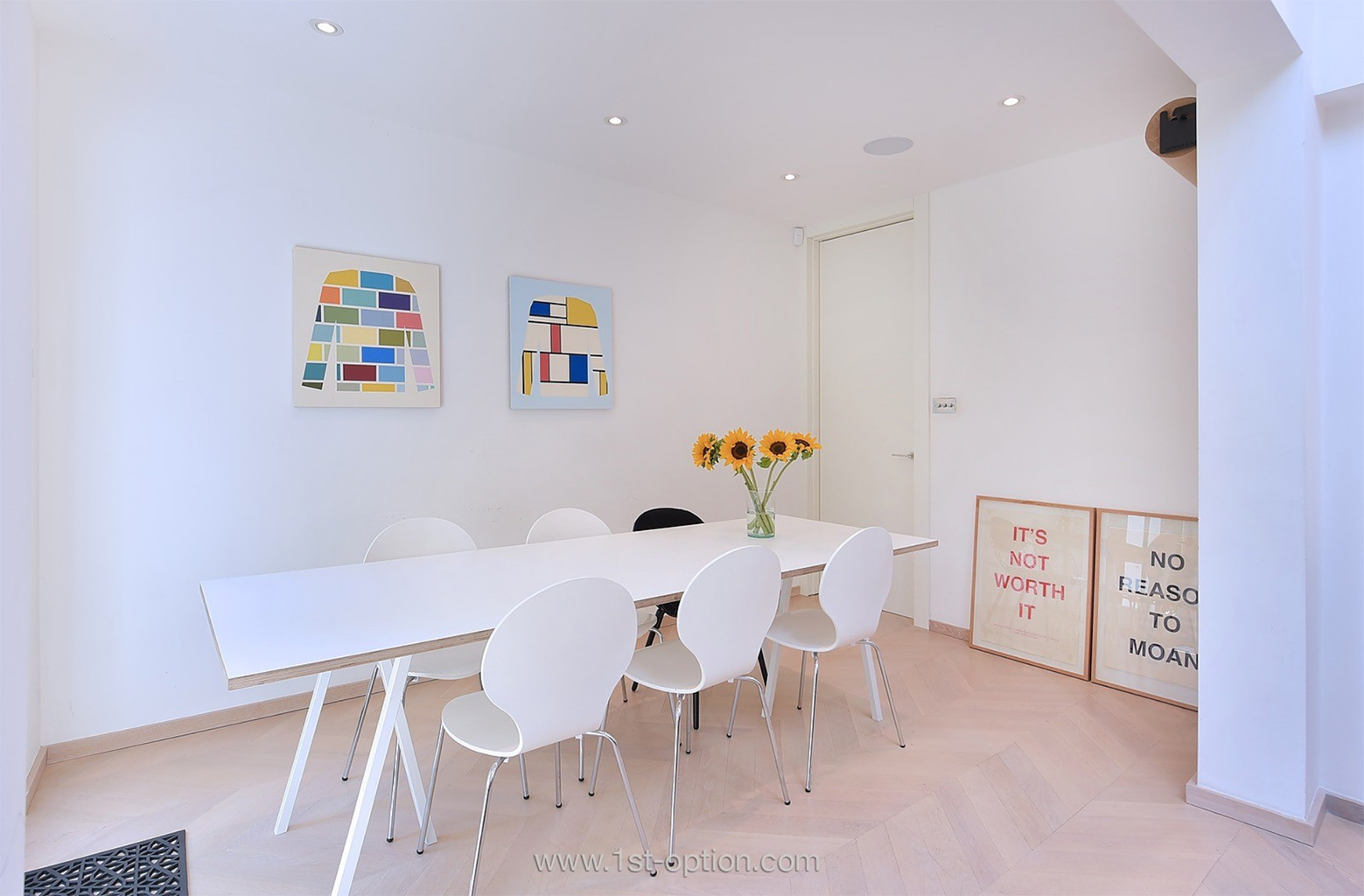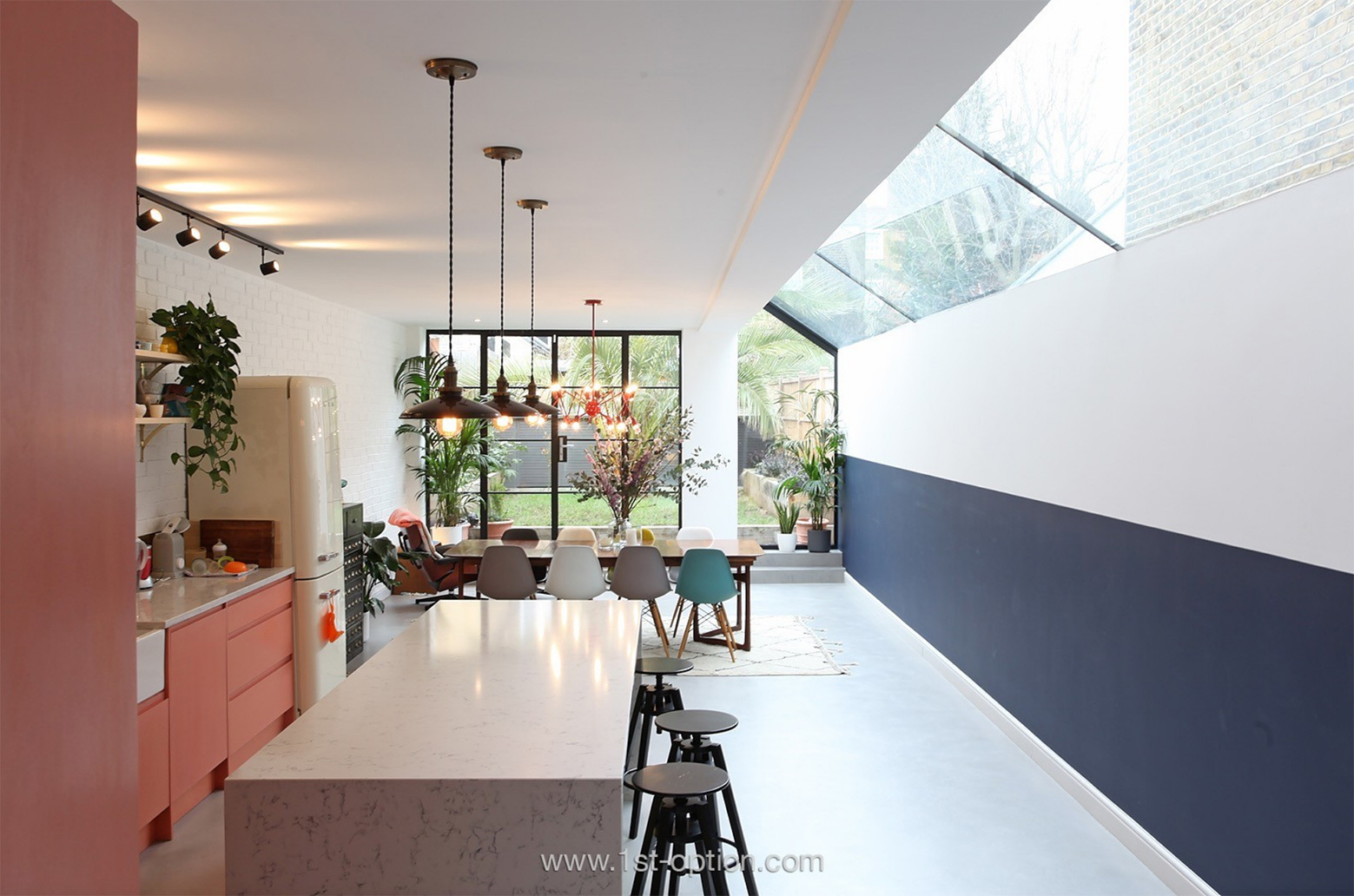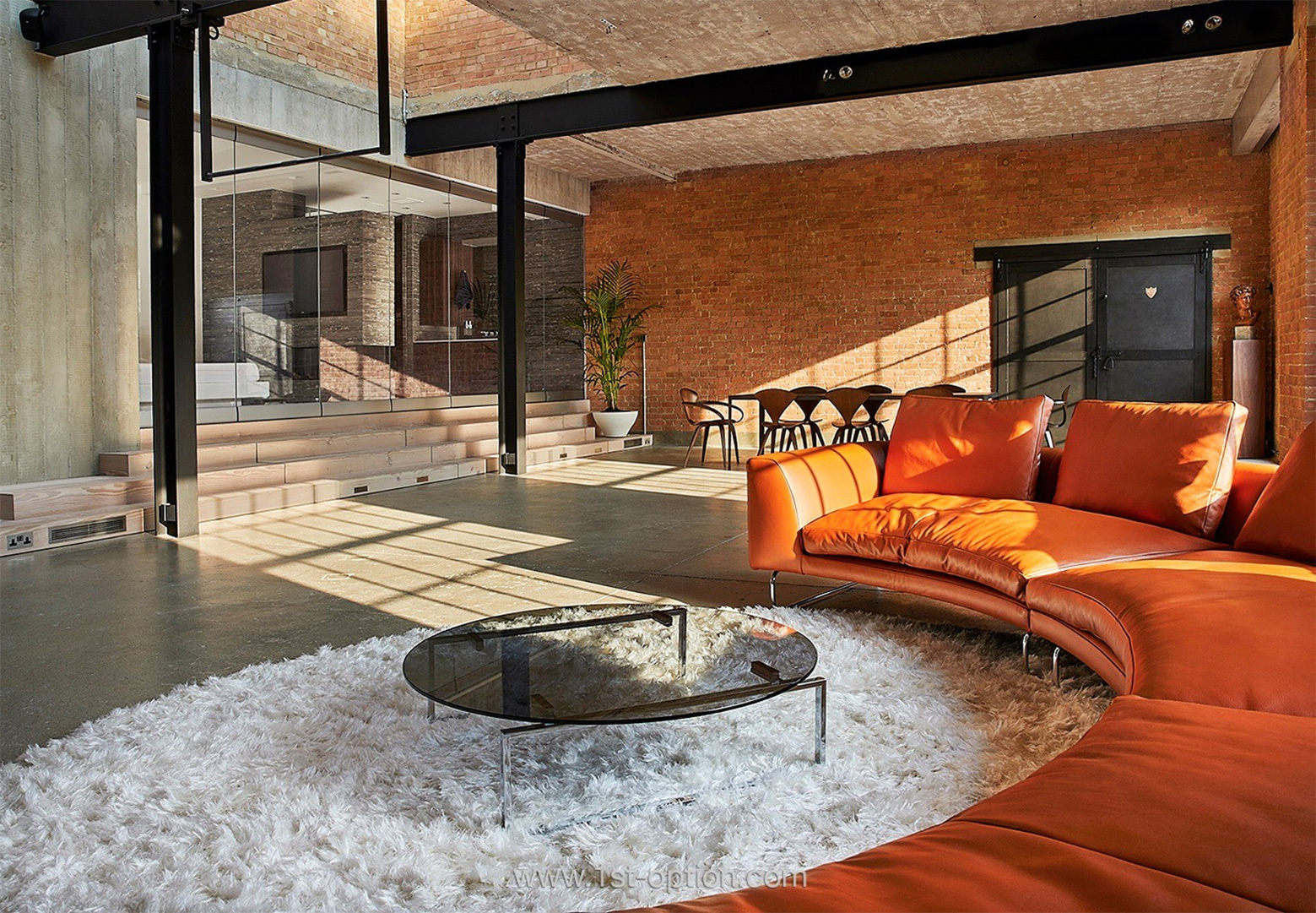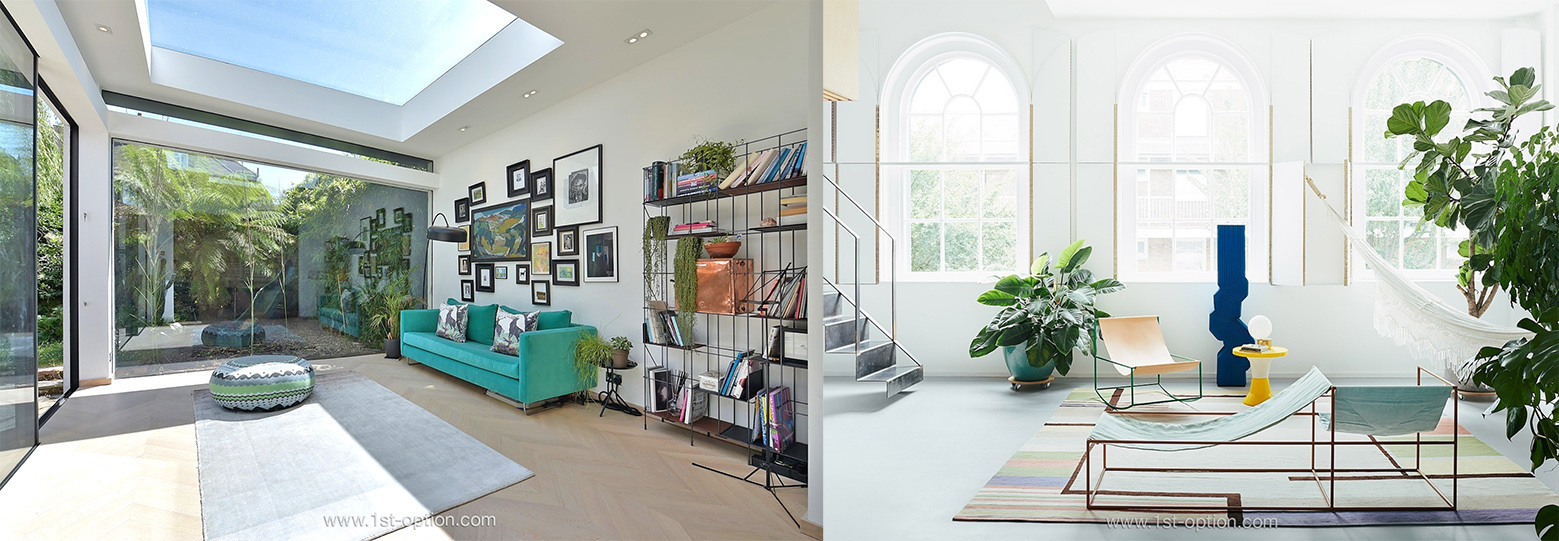What is Modern Design?
In contrast to the actual meaning of the word, modern or modernist design has its feet firmly planted in the evolution of the 20th century. Taking inspiration from movements of the time, modern design is a fuss-free design style that works on clean lines, a minimal aesthetic and function before form. Within this article we are going to take you on a journey through the history of this iconic design style, the influences upon it and the core components that it comprises of today.

History of Modernist Design
This was a period of large-scale change throughout all facets of life, with people moving away from the traditional ways of looking at the world. This transcended into all walks of life and interior design was no different. Traditional materials like wood, stone and brick became less popular, with new industrial materials like glass, concrete and steel taking precedent.
During this period, Bauhaus was a school of design that was influencing much of the world. It felt that within a space, while form and style are key ingredients to a room, function must outweigh all – if a piece of furniture doesn’t have a clear function there is no need for it. These principles were then adopted by popular design styles, such as Scandi, minimalist and industrial.
Modern design embraced these ideals and as a design style, started to blend many of their key tenets. Because it has spanned over 100 years, various influences have been cherry picked – such as mid-century, rustic or glamorous for example. Nonetheless, there are some key principles that it has always stuck by: clean lines, geometric form, clear spaces. This allows you to easily create a modernist space if you please. Below we will explore these concepts, how to distinguish each approach and how to create the look in your own home.

Influences
Industrial
One of the biggest influences on modernism arguably came from Industrial design. It came to prominence at the start of the 20th Century; coincidentally at the same time as the modernist movement. After the industrial revolution, globalisation led to scores of factories uprooting to cheaper places to do business. This left swathes of derelict factories behind, with an almost endless resource of high quality materials going to waste – such as concrete, glass and steel. This was a huge reason why industrial design had such an impact on modern design – not only was there an abundance of materials, they were cheap and fuss free.

Minimalism and Scandi
In a different way, but no less meaningful, minimalism and scandi have also left a lasting impression on modernism. With their clutter free aesthetics, muted colour palettes and clean lines, it is perhaps easier to see minimalist and scandi design’s impact on modernism. Scandi came to prevalence at the same time as modernism, emphasising the use of utility, clean lines and simple furnishings that are made to be functional, cosy and beautiful. Similarly, minimalism also incorporates the idea of clean lines and reduced clutter, however, where functionality is key to scandi, simplicity is the core principle of minimalist design. The combined idea behind both styles has always been ‘less is more’, which became a core tenet for modern design as it evolved.

Components of Modernist Design
Modern Art
At the turn of the 20th century, modern art revolutionised the way people looked at their environment (completely aligning with the modernist movement and what it stood for). Because modern design was so heavily based around form, function, clean lines and zero fuss, people looked to other ways to get their character and expression across. They achieved this through the use of new abstract prints and sculptures, with bold colour and unexpected forms. Abstract art was also a move away from the traditional, realist forms of art that had populated houses across the 19th Century, creating another compelling reason to decorate in this way. To construct the modernist look within your home, showcase your artwork by forming a feature wall out of the abstract pieces of art, or alternatively, have one standout piece within a minimal space making it the focal point.

Industrial Materials
Without industrialisation there is no modernist movement! Industrial materials are therefore central to modern design. As touched on above, following industrialisation, many cheap and newly accessible materials were left behind for the general public to embrace. Not only were they readily available and easy to install, they also perfectly fitted the modern principles of showing off clean geometrical lines, with function before form. When people think of industrial materials, their first thought goes into the structure of a space; within modern design however, these materials are used throughout the space – furniture as well as structure. Industrial materials are perfect for showing the clean geometrical lines, thanks to their pared-back aesthetic. If you want to achieve this look within your own home, play around with beams, steel frames and concrete flooring. Try and implement large windows to bring in that extra natural light.

Clean Lines, Form and Function
Clean lines and function before form are potentially the central principles of modern design. With the likes of steel and concrete being available for the first time, designers took advantage; straight lines and clear functions flourished. These materials were perfect for accentuating clean lines and thanks to their mechanical aesthetic, it was easy to demonstrate their functionality. Architects and designers loved balancing the opposing vertical and horizontal lines of columns, steps and furniture – achieving this, whilst showcasing every piece’s function in a stylish environment is where modern design thrives.

Clear Spaces
Whatever you believe are the most important factors within a modernist space, one thing is clear: clutter is never welcome. With design styles like scandi and minimalist spearheading the movement, it is self-evident that this would be the case. Clutter can manifest in not only mess, but in saturating a space with furniture and other decorative objects. If you are looking to create an effortless modern space, accessories and decoration must be few and far between. The art here is leaving the space clear without it looking bare. This can be achieved through the use of statement pieces and bold furniture that draws the eye, alongside warm and inviting colour schemes.

